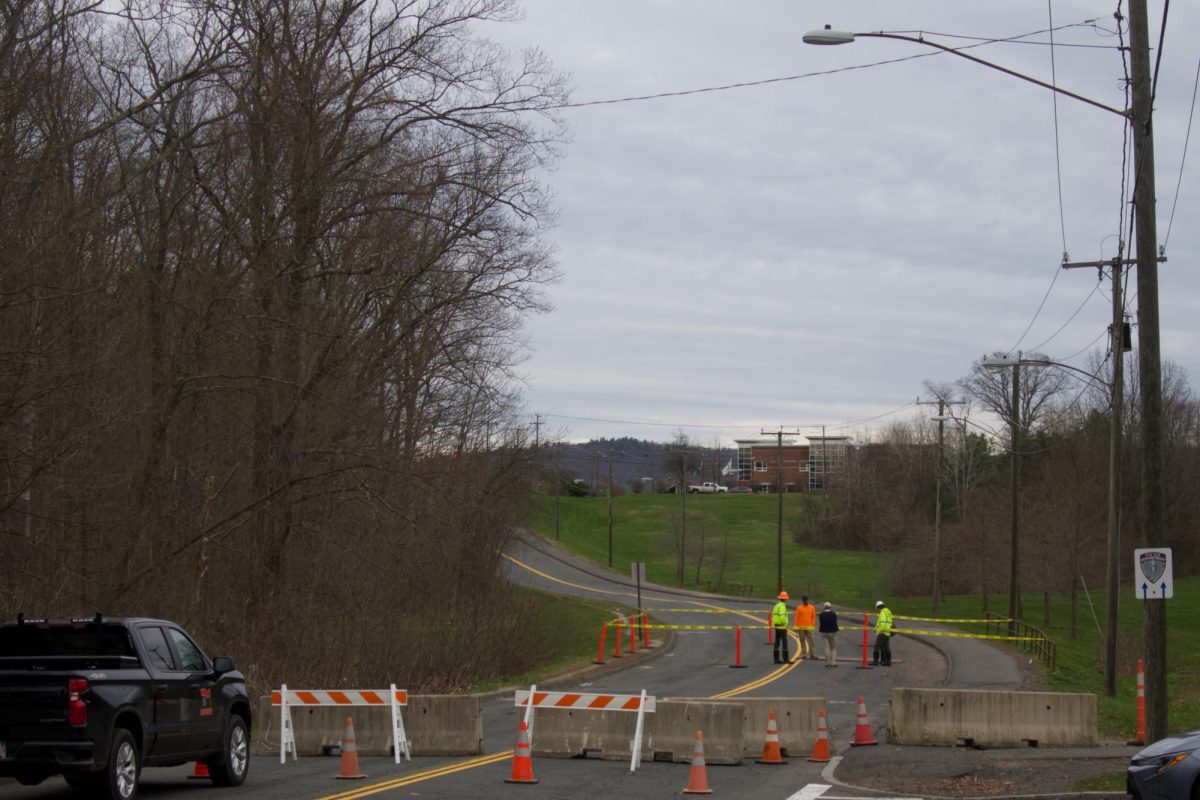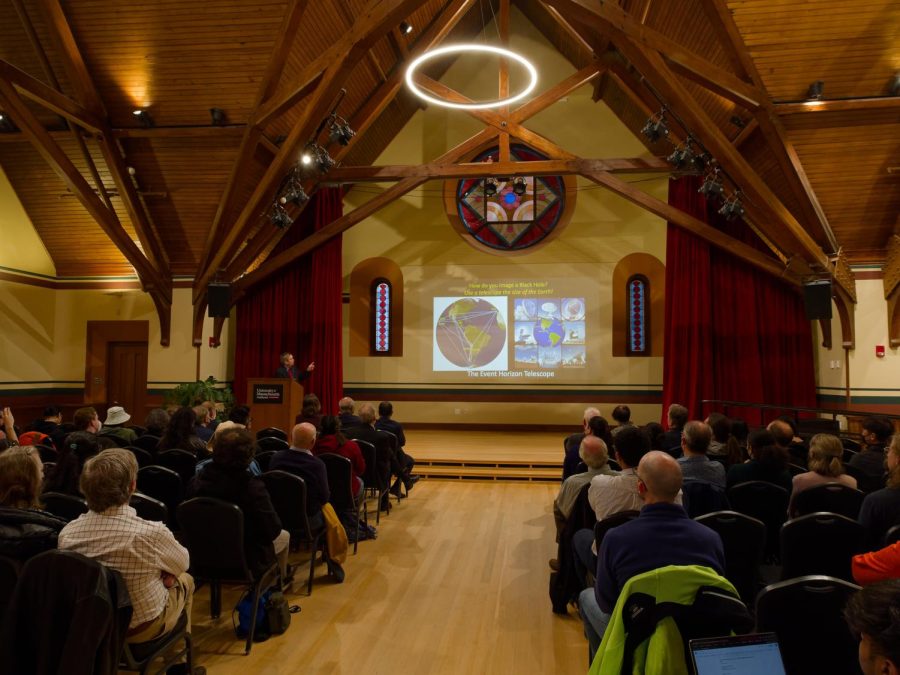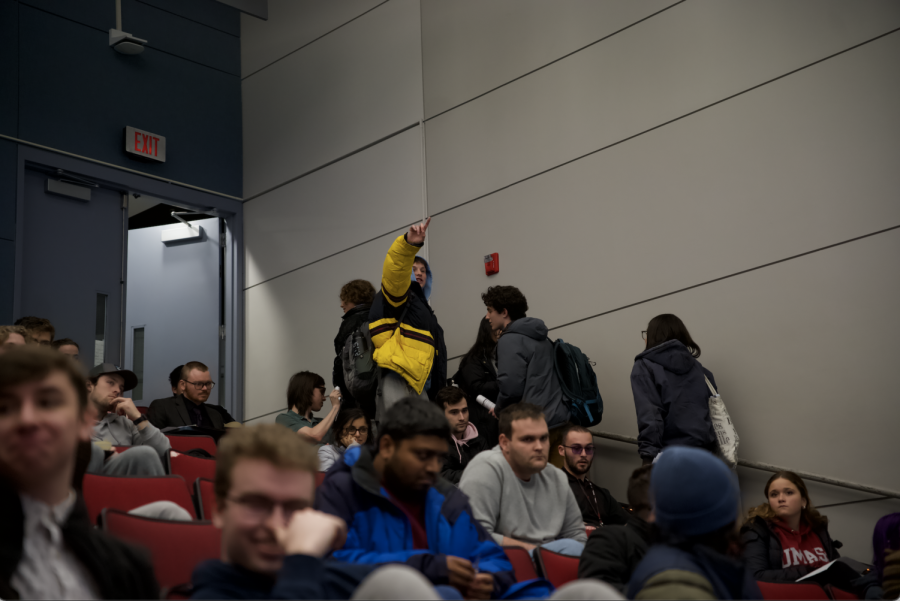A new smart phone application developed by four University of Massachusetts researchers allows users working on relief projects in the Gulf of Mexico to submit photos and the location of endangered animals and wildlife to rescue workers.
The application, titled MoGo, or Mobile Gulf Observatory, is a free program and can be easily downloaded on iPhones or iPod Touches.
One researcher, Charlie Schweik, an associate professor in the Department of Environmental Conservation, felt a profound urge to help after the BP-owned Deepwater Horizon drilling rig exploded off Louisiana last April. All four researchers live in Western Mass.
“While I was listening to a news story on NPR about the spill, I suddenly realized we could use a program we were already working on and put it towards helping the clean up,” said Schweik.
Schweik’s idea was to create an application, which could be downloaded onto smart phones, allowing users to send photos and the location of endangered animals and wildlife to rescue workers along the 14,000 miles of Gulf coastline.
In need of help turning this idea into reality, Schweik contacted computer scientist Deepak Ganesan, who specializes in mobile phones and sensor systems. Schweik also turned to wildlife biologist Curt Griffin and Andy Danylchuk, a fisheries ecologist, for help with the program.
For months prior to the spill, Ganesan and Schweik were working towards a program to help identify invasive plants and insects. Together, the four UMass researchers adapted the program to allow residents of the Gulf to become what they call “citizen scientists.” MoGO was available for download by late June.
“MoGO offers a method by which citizens can participate in rescue and recovery efforts of wildlife and restoration of the Gulf’s habitats,” states the program creators on their website, www.savegulfwildlife.org. “The MoGO app allows you to take and submit photos of oiled, injured and dead marine and coastal wildlife; tar balls on beaches; oil slicks on water; and oiled coastal habitats.”
“Say you see an oiled bird along the side of the beach,” said Griffin, explaining how the application works, “through the app you take a picture, and the program will upload the photo to a database with GPS coordinates attached. Then, it will give you the option to be put into direct contact with the wildlife hotline. The hotline will then deploy rescue workers to the location.”
Griffin said fewer than 100 users have downloaded the application since it became available, a figure he attributes to the limited publicity he feels the program has received.
Though MoGO’s users may be limited in numbers, the program has been graciously welcomed. On Apple’s webpage for the application, users gave an average rating of five stars to the program and wrote several positive reviews.
“Great app for areas affected by the spill! Finally a way for us to get involved! My reports start tomorrow,” wrote one user.
The technology is also inspiring other environmental groups to craft new ways to help wildlife and animals.
“We’ve been contacted by a biologist from the Alaska Marine Mammal Stranding Network to adapt the program to help allow iPhone users to locate animals in need,” said Griffin. “They’re going to use a similar program to locate sea otters and other animals stranded on the shore.”
Schweik and Ganesan are working to help the program facilitate environmental aid in Massachusetts, as well. Together they are altering the program to identify invasive species harmful to wildlife, such as the Asian Longhorned Beetle. Using the same concept as MoGO, the program will allow users to send photos of the insects and their location to the Massachusetts Department of Agriculture.
Through “citizen scientists,” the researchers hope to enhance the efficiency of response efforts from the Gulf of Mexico to the trees of Amherst.
Michelle Williams can be reached at [email protected]












